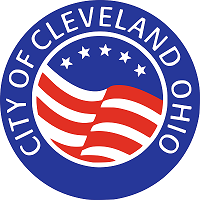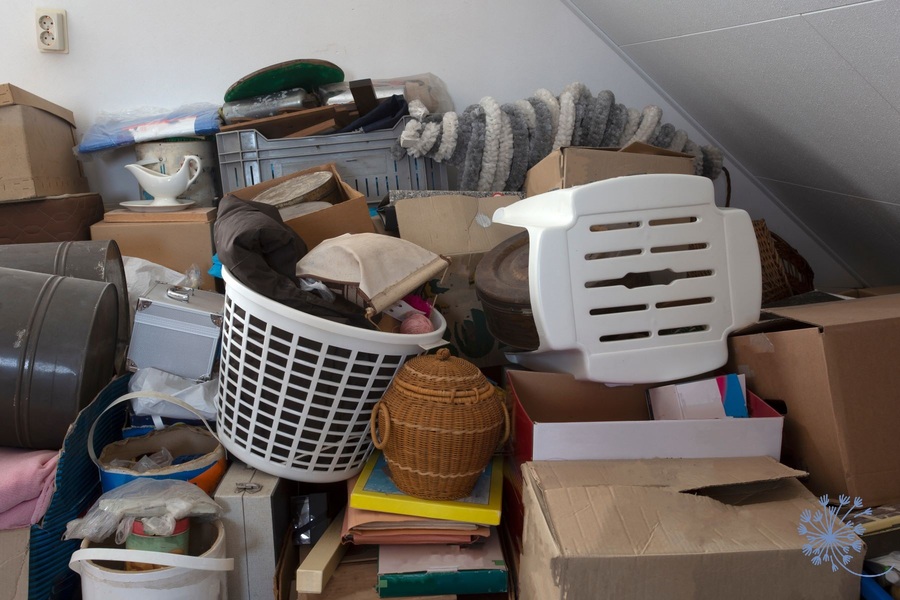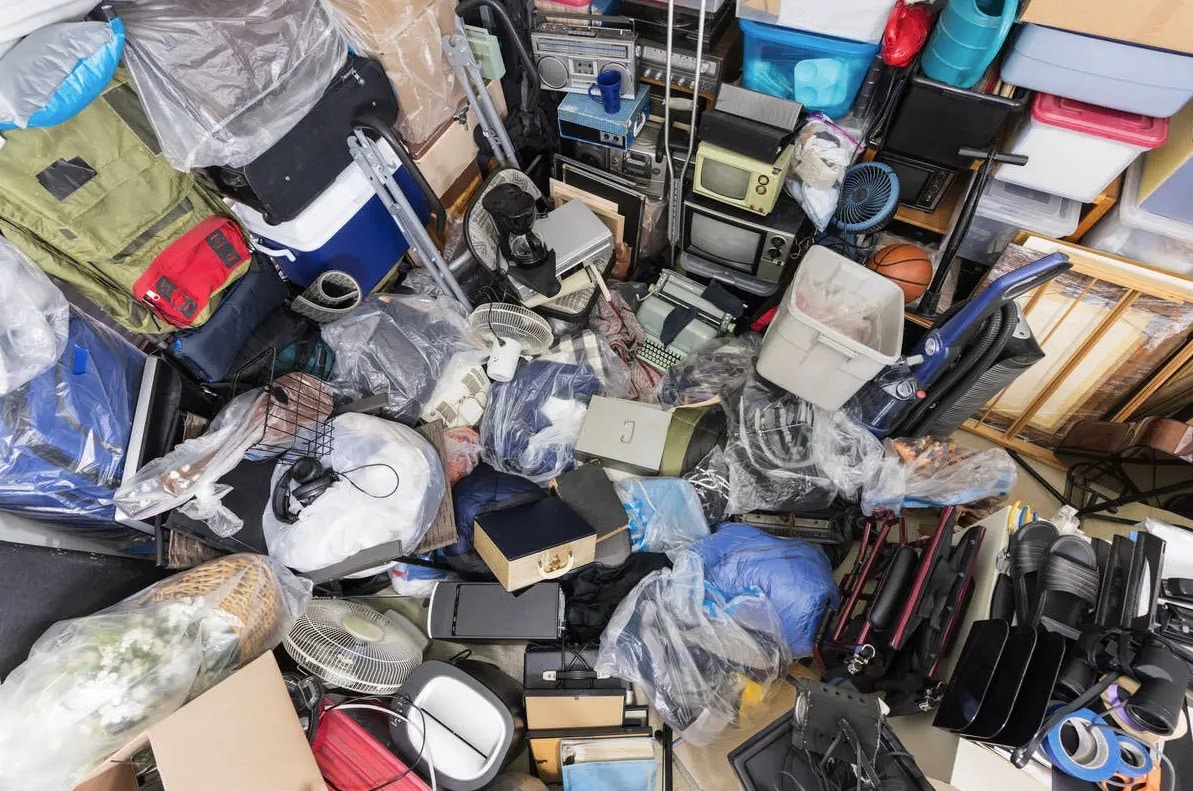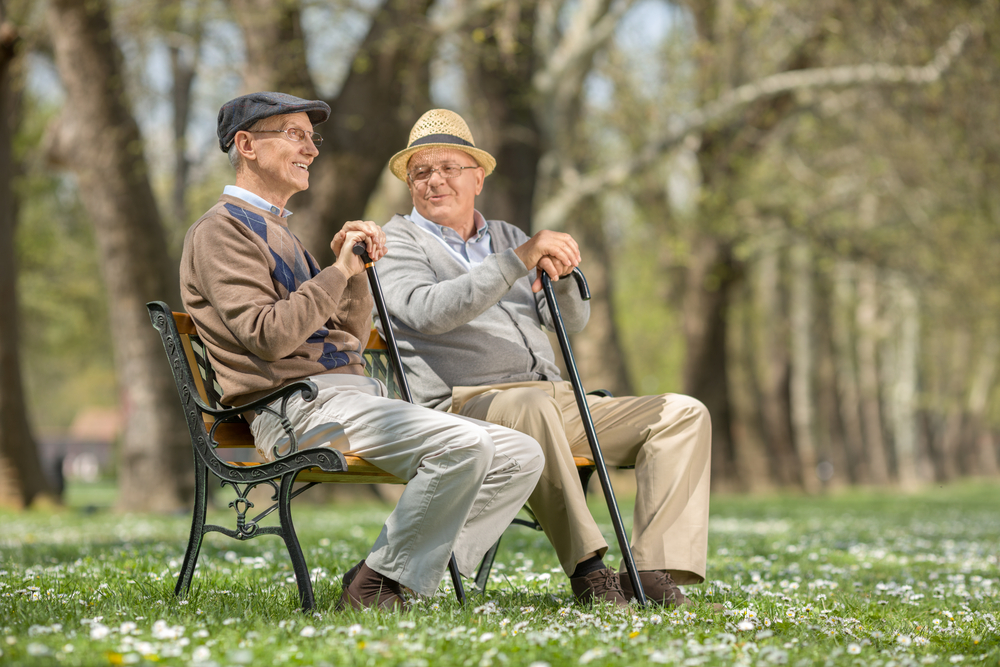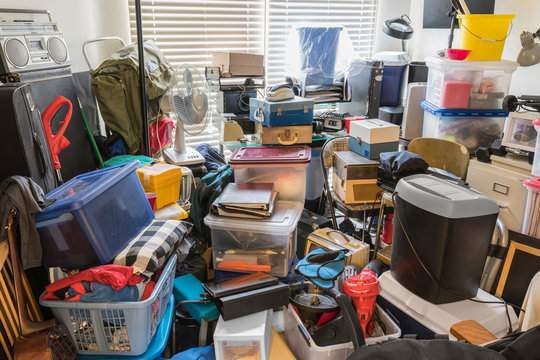
Hoarding Connection of Cuyahoga County
The Hoarding Connection of Cuyahoga County’s mission is to provide support and advice, educate, develop best practices, and assist in identifying needed resources for individuals who hoard and those that work with individuals who hoard.
This collaborative effort brings together more than 20 organizations from the public, nonprofit, and private sectors to address hoarding issues across the county.

The Hoarding Connection of Cuyahoga County (HCC) promotes a comprehensive approach to helping individuals who hoard while protecting the safety of the community and individuals who respond to hoarding situations. To do this, the group:
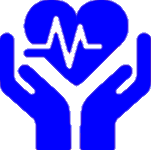
Provides public information to improve community awareness of hoarding as a mental health issue

Provides education and training to professionals and organizations in contact with individuals who hoard
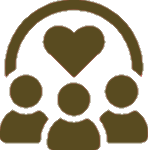
Organizes peer-led treatment groups for individuals with hoarding disorder
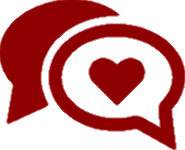
Develops and disseminates information that can be used by organizations across the county to advocate for individuals with hoarding disorder.
FAQs
Explore our events and workshops:
There are no events to display at this time. Check back soon.
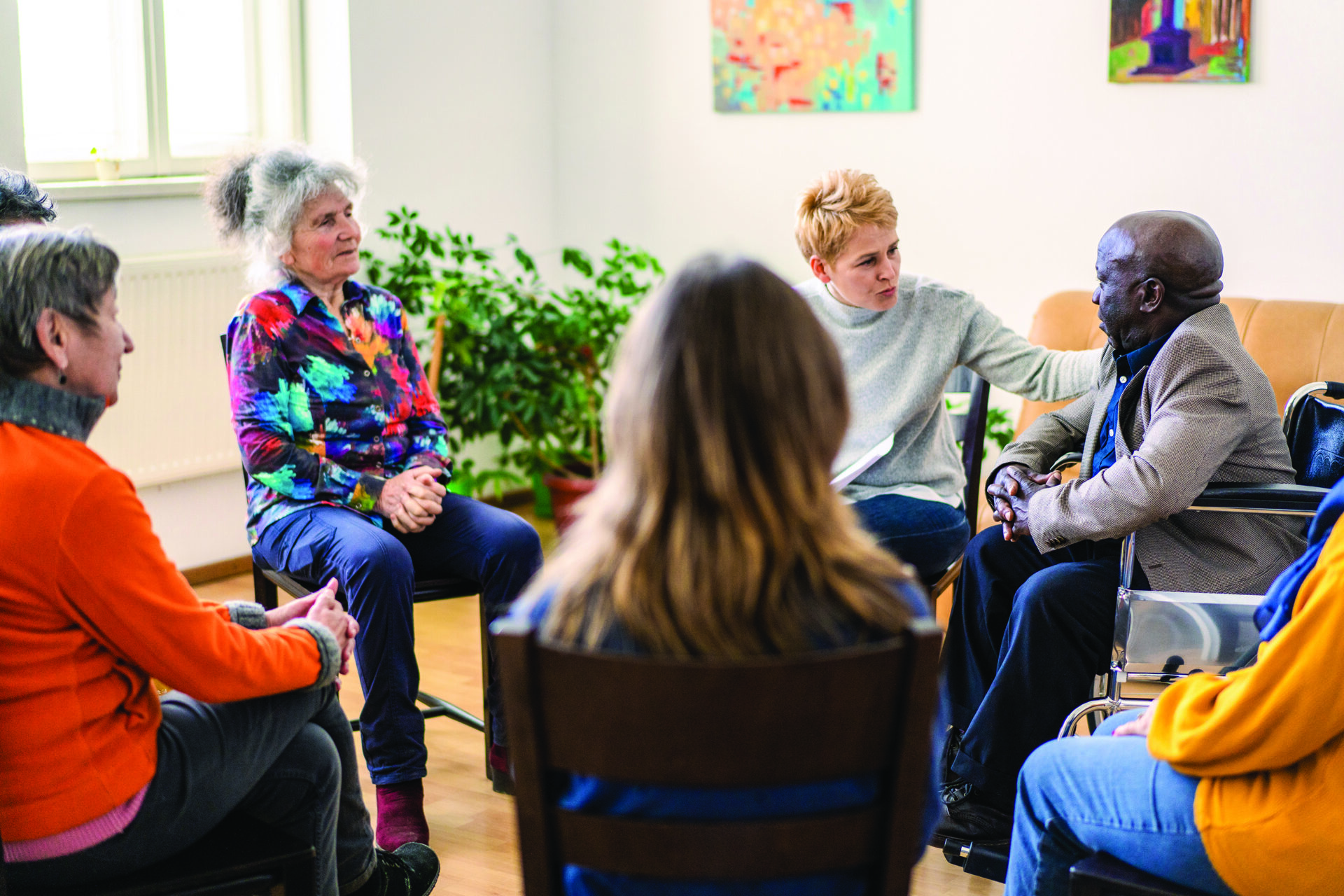
Connect with support and guidance
Need help managing your hoarding disorder? Want to join the Hoarding Connection as a partner organization? Fill out the below form, and a member of our team will reach out to you with next steps.
Hoarding resources in Cuyahoga County
This list is for informational purposes only and does not constitute an official endorsement of products or services by the Benjamin Rose, the ADAMHS Board or other partner organizations of the Hoarding Connection.
Mental Health and Behavioral Support
Behavioral Health Services, Benjamin Rose
216-791-8000
Junk Removal and Cleanout Services
1-800-Got-Junk
1-800-468-5865
Haul My Mess
216-799-9911
Junk Away
855-855-5865
Specialized Cleaning Services
Bio Clean Services
800-901-2988
Rainbow International of Cleveland
440-888-0497
Steri-Clean Cleveland
888-577-7206
Senior Relocation Services
North Coast Residential Relocation
440-248-5281
Thank you to all who make the Hoarding Connection possible!
You may be interested in:
Filter by Audience
Filter by Type

Homepage
Benjamin Rose is a Cleveland-based nonprofit organization whose mission is to support the aging journey of adults and those who care for them through delivering accessible, centralized programs. Our work ensures each and every person is heard, treated with dignity and positioned for a better tomorrow.

About Us
Awards
Celebrating Benjamin Rose’s over 110 year history in nonprofit excellence in support of older adults and caregivers.

Understanding FTD: Diagnosis, Support and Resources for Patients and Caregivers
In this webinar, you'll learn about the signs and symptoms of FTD, how it’s diagnosed, and the specific needs of both those living with FTD and their caregivers. We also highlight helpful resources and support services for GUIDE and non-GUIDE providers, offering valuable insight to better support patients and their families on their individual journeys.

Celebrating Milestones in Elder Care
Join Benjamin Rose Institute on Aging and the Elder Justice Coalition as we mark the anniversaries of three groundbreaking pieces of legislation that have shaped the landscape of elder care in the United States: the Elder Justice Act, the Affordable Care Act (ACA), and the National Family Caregiver Support Program (NFCSP).

Effective Strategies for Recruiting and Engaging People Living with Dementia and Their Caregivers
Join us for an in-depth conversation on effective strategies for recruiting and engaging family and friend caregivers and people living with dementia in evidence-based dementia care programs. This session highlights marketing tools and outreach strategies provided by BRI Care Consultation, with a particular focus on the specific recruitment needs of GUIDE Model Participating Sites.

Using Best Programs for Caregiving as a Resource for GUIDE Model Implementation
Take a tour of the innovative Best Programs for Caregiving (BPC) website, a free online directory that for the first time brings together nearly 50 evidence-based dementia caregiving programs (bpc.caregiver.org). In addition to a demo, you’ll learn how the database can be used as a valuable resource for GUIDE Participating Sites and Care Navigators to learn about and incorporate evidence-based programs to support GUIDE Model implementations.

Navigating Change: The Impact of Shifting Administration and Congress on Aging Policies
Join Benjamin Rose Institute on Aging and the Elder Justice Coalition the first session of our 2025 Advocacy Webinar Series: “Navigating Change: The Impact of Shifting Administration and Congress on Aging Policies.” This timely and insightful webinar dives into how recent changes in the Administration and Congress may impact aging policies across the nation.

Everything You Need to Know About the CMS GUIDE Model- And How Ohio Organizations Can Get Involved
This 30-minute presentation, followed by Q&A, includes an overview of CMS' objectives for developing GUIDE, a review of the 9 required elements of GUIDE delivery, including clinical, care navigation, respite and other services, eligibility parameters, as well as the unique role that older adult services and healthcare organizations can play in the process.

Advocacy, Policy and Aging Services in the New Administration: A Conversation with Bob Blancato
Bob Blancato discusses policy trends, funding challenges, and advocacy strategies for aging services.

Enforced Harm Reduction Model for Hoarding Situations: A Guide for Hoarding Professionals
The Hoarding Connection of Cuyahoga County strongly advocates for the adoption of the Enforced Harm Reduction model, as utilized by the Orange County, CA Hoarding Task Force. This approach emphasizes long-term management rather than complete elimination of hoarding behaviors. It leverages a collaborative team of housing enforcement professionals, social services, health, and mental health personnel to assist individuals who hoard.

Mandated Reporting of Elder Abuse: What to Know
Elder abuse affects millions of older adults every year. As our population continues to age, the risk of abuse, neglect and exploitation also rises. To combat this, many states have established mandated reporting laws requiring certain professionals to report suspected or confirmed cases of elder abuse.

A Quick Intro to the GUIDE Model for Health Professionals
GUIDE is well positioned to improve health outcomes by encouraging use of community resources, offering caregiver education to improve competence and confidence, and enhancing access to medical and behavioral specialists, along with seamless coordination of healthcare and support services.

How to Leverage Partner Organizations to Implement the GUIDE Model
This session answers some of your most burning questions about how to establish an effective partnership with a Care Navigation partner – in this case between a healthcare system and a community-based organization -- to deliver GUIDE Model services.

Strengthening Dementia Care Navigation Through Collaborative Partnerships
This session explores the key principles of quality dementia care navigation and the critical role that partnerships between healthcare systems and community organizations play in enhancing care for people living with dementia and their care partners.

Minimum Acceptable Standards for Hoarding Residences: A Guide for Professionals
Hoarding situations can present significant challenges to both individuals and the communities in which they live. In response to frequent inquiries from housing coordinators, property managers, and other professionals seeking guidance, the Hoarding Connection of Cuyahoga County has developed a set of Minimum Acceptable Standards. These guidelines are intended to help professionals assess whether a hoarded living space meets basic safety and livability criteria, enabling individuals to remain in their homes while mitigating risks.

Election 2024—After the Dust Settles
With the historic and closely contested 2024 election behind us, one thing is clear: the new administration taking office on January 20 will bring with it new priorities in aging policy. Based on the campaign platform, Bob Blancato, President of Matz, Blancato & Associates and National Coordinator of the Elder Justice Coalition, provide an in-depth analysis of which aging policy issues are likely to take center stage in the coming years, given the new Congress. He also explores what to expect from the aging policy agenda and whether the election results make a 2025 White House Conference on Aging more—or less—likely.

Age Discrimination in Employment—The Eras Tour
William Rivera, Senior Vice President of Litigation for AARP Foundation, discusses the evolution of age discrimination in employment laws in the United States with a focus on “hot topics” in the field, including the impact of technology and artificial intelligence on opportunities for older workers. He additionally discusses the work that AARP and AARP Foundation are doing to promote employment opportunities for older workers, and share tips for spotting and addressing age discrimination in the workplace.

18th Annual Katz Policy Lecture: Mental Health & Aging
This 18th Annual Katz Policy Lecture examines emerging and existing policies associated with mental health and aging and their implications for older adults and their loved ones. Our keynote speaker, Matthew Fullen, Ph.D., LPCC, Associate Professor at Virginia Tech, discusses recent developments in Medicare policy related to older adult mental health care, and opportunities for stakeholders in the behavioral health and aging services sectors.

Best Programs for Caregiving Demo
Watch a demo of free online database that offers family and friend caregivers detailed information about proven dementia care programs.

Free Online Directory Helps Caregivers in Underserved Populations Access Dementia Support Programs
Best Programs for Caregiving, a newly-introduced online directory of evidence-based dementia caregiver support programs is making big strides in helping to expand both awareness and availability of top-rated programming in underserved rural and remote areas across the country. Difficult-to-access geographies are a real concern to the medical and social service organizations, and many recent initiatives have been devoted to addressing these underserved areas of the aging population. This is particularly true in the case of people living with dementia and their family and friend caregivers for a number of reasons.

